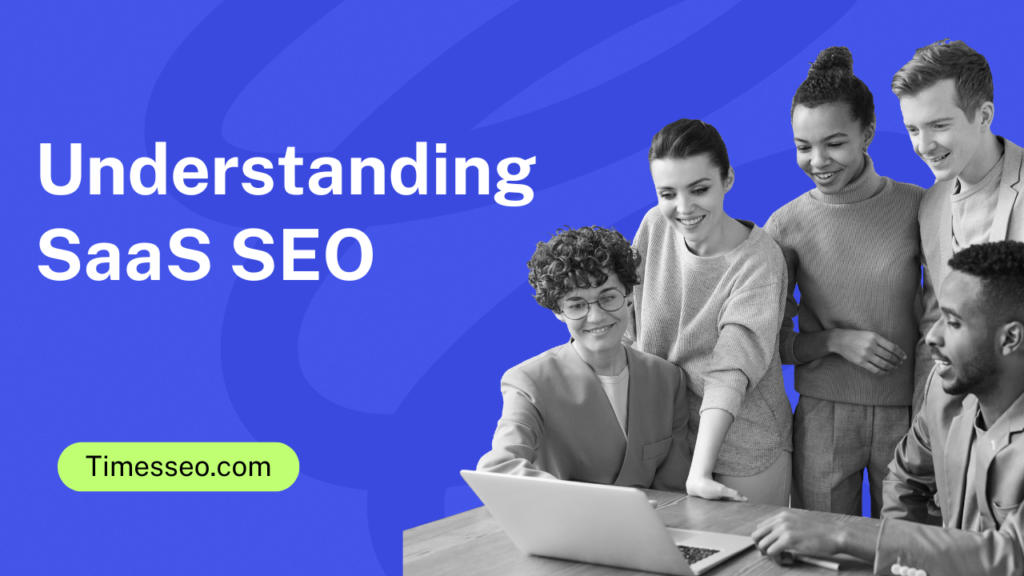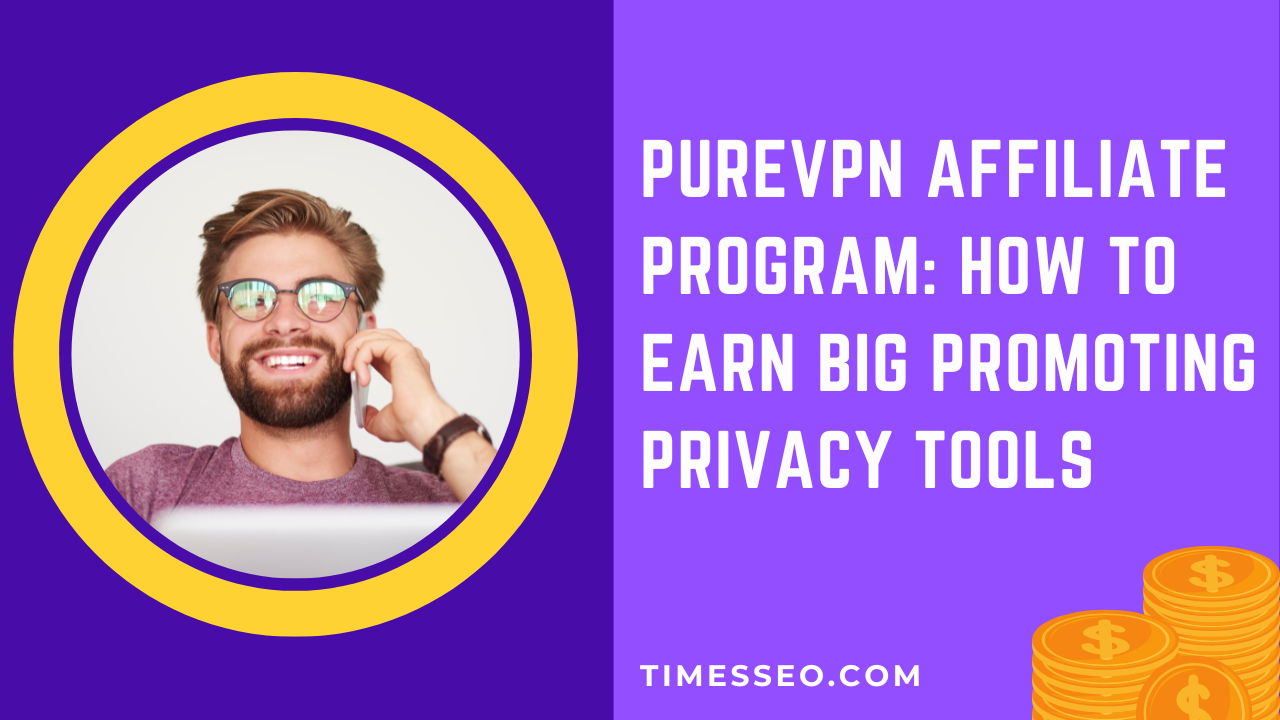
How SaaS SEO Trends Influence Content Marketing
Explore how SaaS SEO trends are shaping content marketing strategies, helping businesses boost visibility, drive organic traffic, and engage target audiences effectively.
Table of Contents
Introduction
The SaaS industry is booming, but so is the competition. With countless companies fighting for the same customers, SEO has become a lifeline for growth. But here’s the twist—SEO isn’t just about ranking anymore; it’s about shaping content marketing strategies that connect with users, solve their problems, and drive conversions.
In this article, we’ll explore how SaaS SEO trends influence content marketing, and why agencies and SaaS companies need to adapt fast to stay ahead.
Understanding SaaS SEO
About the SaaS SEO: What is it?
SaaS SEO isn’t like eCommerce or local SEO. It’s not about quick product purchases—it’s about long-term customer acquisition and retention. The SaaS sales cycle is longer, and prospects often need to be educated before making a decision.
This makes SEO for SaaS less about selling features and more about building trust through valuable content.
Why SEO is Critical for SaaS Businesses
Why should SaaS companies care about SEO? The truth is simple: organic search remains one of the most cost-effective ways to acquire customers. Paid ads can be expensive and unsustainable, but SEO-driven content keeps delivering leads long after it’s published.
In such a competitive market, ranking higher in search engines means capturing more prospects at the research stage—before they even consider competitors.
Content Marketing in the SaaS Landscape
SaaS companies can’t rely on hard selling; they need to educate, inform, and nurture prospects. Content marketing builds credibility, explains complex solutions, and positions a SaaS company as a trusted advisor.
In fact, most SaaS buyers go through many pieces of content before making a decision. That’s why content marketing isn’t optional—it’s mission-critical.
Key SaaS SEO Trends in 2025
The world of SEO evolves quickly, and SaaS companies must keep up. Here are the major trends shaping the space:
- AI-driven SEO optimization – From predictive keyword tools to AI content enhancements.
- Content optimization for natural language inquiries is known as voice and conversational search.
- Search intent focus – Understanding the “why” behind queries, not just the keywords.
- Data-driven personalization – Using analytics to deliver content tailored to audience needs.
These trends directly shape how SaaS companies should build and distribute content.
How SaaS SEO Trends Shape Content Strategy
SEO trends are rewriting content playbooks for SaaS brands. To succeed, companies need to:
- Align keyword research with intent – Target “problem-solving” queries rather than product-only keywords.
- Use subject clusters and pillar pages to establish authority and organize content by subjects.
- Create evergreen SaaS-focused content – Guides, FAQs, and industry resources that stay relevant.
This approach ensures content ranks well and drives conversions.
User Experience and SEO Integration
SEO is no longer just about keywords—it’s about user experience (UX). For SaaS websites, this means:
- Faster loading times.
- Mobile-friendly content.
- Easy navigation through product pages and blogs.
If users can’t find what they need quickly, they’ll leave—and Google notices.
AI and Machine Learning in SaaS SEO
AI isn’t just a trend—it’s becoming the foundation of SaaS SEO. Agencies and SaaS marketers are using it for:
- Smarter keyword analysis and clustering.
- Predictive recommendations for trending content.
- Optimizing articles, headlines, and CTAs based on performance data.
The result? Content strategies that are faster, sharper, and more effective.
Content Personalization and SaaS SEO
Personalization is at the heart of modern SEO. Using AI-driven analytics, SaaS companies can:
- Deliver customized blogs, guides, and case studies to different audience segments.
- Track how different buyer personas interact with content.
- Adjust strategies in real time.
The more personalized the content, the more likely it is to convert.
The Role of Link-Building in SaaS Content Marketing
Backlinks still matter—a lot. But for SaaS companies, the focus should be on:
- Thought leadership through guest posts.
- Digital PR to showcase product innovations.
- Partnership content with industry leaders.
High-quality backlinks not only improve SEO but also enhance brand authority.
Content Formats That Win in SaaS SEO
Not all content is created equal. The most effective SaaS content includes:
- Case studies & whitepapers – Proving real-world value.
- Tutorials & how-to guides – Educating users.
- Knowledge bases – Reducing churn by helping existing customers.
- Video and podcast content – Engaging modern audiences.
Mixing formats keeps content diverse and engaging.
Challenges in SaaS SEO and Content Marketing
Of course, it’s not all smooth sailing. Challenges include:
- Fierce competition – Many SaaS niches are overcrowded.
- Algorithm changes – Google updates can shake rankings overnight.
- Balancing technical SEO with content – Too much focus on one can weaken the other.
Overcoming these requires flexibility and continuous improvement.
Conclusion
SaaS SEO trends are deeply intertwined with content marketing. From AI-driven insights to personalization and UX, the future belongs to SaaS companies that merge smart SEO with meaningful content strategies.
By staying adaptable, data-driven, and customer-focused, SaaS businesses can not only rank higher but also build lasting relationships with their audience.
Frequently Asked Questions
SaaS SEO focuses on long-term customer acquisition, education, and retention, while traditional SEO often emphasizes faster conversions.
Case studies, tutorials, knowledge bases, and thought leadership articles perform best for SaaS.
AI can optimize and assist, but human creativity and storytelling remain essential.
Through organic traffic, conversions, keyword rankings, and customer lifetime value influenced by content.
Expect more personalization, AI-driven strategies, and integration with emerging technologies like voice and visual search.
Table of Contents
Popular Posts
-
 Affordable Technical SEO Audit for Small Business: A Complete Guide26 Jun 2025 Blog
Affordable Technical SEO Audit for Small Business: A Complete Guide26 Jun 2025 Blog -
 How to Get an Affordable Technical SEO Audit for Small Business27 Jun 2025 Blog
How to Get an Affordable Technical SEO Audit for Small Business27 Jun 2025 Blog -
 The Ultimate Local SEO Audit Checklist for Startups28 Jun 2025 Blog
The Ultimate Local SEO Audit Checklist for Startups28 Jun 2025 Blog -
 Local SEO Audit Checklist for Startups: A Beginner’s Guide28 Jun 2025 Blog
Local SEO Audit Checklist for Startups: A Beginner’s Guide28 Jun 2025 Blog -
 Top On-Page SEO Audit Steps for Service Websites Every Business Should Know29 Jun 2025 Blog
Top On-Page SEO Audit Steps for Service Websites Every Business Should Know29 Jun 2025 Blog -
 Technical SEO for WordPress: The Ultimate Beginner’s Guide01 Jul 2025 Blog
Technical SEO for WordPress: The Ultimate Beginner’s Guide01 Jul 2025 Blog -
 The Impact of On-Page SEO Audit Steps for Service Websites on UX01 Jul 2025 Blog
The Impact of On-Page SEO Audit Steps for Service Websites on UX01 Jul 2025 Blog -
 Technical Mobile SEO Audit Tips for Developers02 Jul 2025 Blog
Technical Mobile SEO Audit Tips for Developers02 Jul 2025 Blog -
 Complete SEO Backlink Audit Guide for Better Google Rankings03 Jul 2025 Blog
Complete SEO Backlink Audit Guide for Better Google Rankings03 Jul 2025 Blog -
 Boost Your Rankings with Technical SEO for WordPress01 Jul 2025 Blog
Boost Your Rankings with Technical SEO for WordPress01 Jul 2025 Blog






